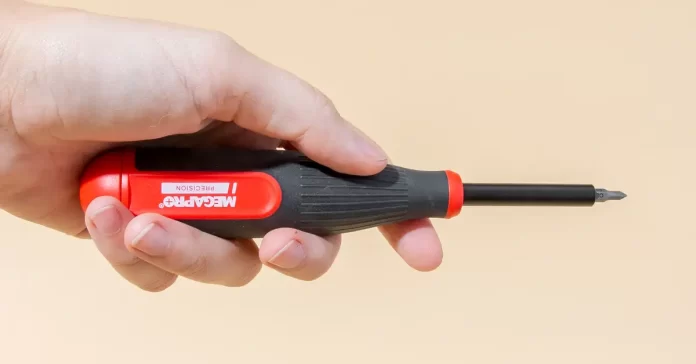Screwdrivers are one of the most common and essential tools found in any toolbox. Screwdrivers are available in a range of shapes and sizes, with each type intended for a particular purpose. Despite its simplicity, using a screwdriver requires a certain level of skill and knowledge to avoid damaging the screw or the material it is screwed into. In this article, we will discuss how to properly use a screwdriver, along with some tips and techniques that will help you get the job done efficiently and safely.
Table of Contents
Choosing the Right Screwdriver
The first step in properly using a screwdriver is to select the right one for the job. There are a huge selection of drywall screwdrivers available.
The two most common types of screwdrivers are flathead and Phillips head screwdrivers. Flathead screwdrivers have a flat blade that fits into a slot on the screw, while Phillips head screwdrivers have a four-pointed star-shaped tip that fits into a corresponding screw head. Other types of screwdrivers, such as Torx, hex, and Robertson, are also available for specific applications.
To select the right screwdriver, you must match the size and shape of the screw head to the screwdriver tip. Using the wrong screwdriver can damage the screw or the material it is screwed into, making it difficult to remove or causing it to become loose over time.
Handling the Screwdriver
Once you have selected the appropriate screwdriver, you must hold it correctly to achieve the best results. The most common grip for a screwdriver is to place the thumb on the top of the handle and wrap the other fingers around the handle’s body. This grip provides maximum control and prevents the screwdriver from slipping out of your hand.
When using a screwdriver, apply moderate pressure and use a twisting motion to turn the screw. Avoid applying too much force, as this can strip the screw head or damage the material it is screwed into. If the screw is difficult to turn, try applying a small amount of lubricant, such as WD-40, to loosen it.
Removing a Stuck Screw
If a screw is stuck, do not use excessive force to turn it. Instead, try one of the following techniques to remove it:
Apply heat: Heat the screw head with a hairdryer or heat gun to expand the metal slightly, making it easier to turn.
Use a screw extractor: A screw extractor is a specialized tool that is used to remove damaged or stuck screws. It works by gripping the screw head and turning it counterclockwise.
Apply a penetrating oil: A penetrating oil, such as PB Blaster or Liquid Wrench, can be applied to the screw to help loosen it.
Additional Tips
Here are some additional tips that will help you use a screwdriver properly:
Use the right size screwdriver: Using a screwdriver that is too small or too large for the screw can damage the screw head or the material it is screwed into.
Keep the screwdriver straight: Make sure the screwdriver is perpendicular to the screw head to prevent it from slipping out of the slot.
Use a magnetic screwdriver: A magnetic screwdriver will help keep the screw in place while you turn it, making it easier to handle.
Use a power screwdriver: If you have a lot of screws to install or remove, consider using a power screwdriver to speed up the process.
Conclusion
Using a screwdriver properly requires a bit of skill and knowledge, but it is a task that anyone can learn. By choosing the right screwdriver, holding it correctly, and using the appropriate technique, you can achieve professional-looking results. Remember to take your time, apply moderate pressure, and follow the tips and techniques outlined in this article. With a bit of practice, you will become a pro at using a screwdriver and tackle any DIY project with confidence.



















